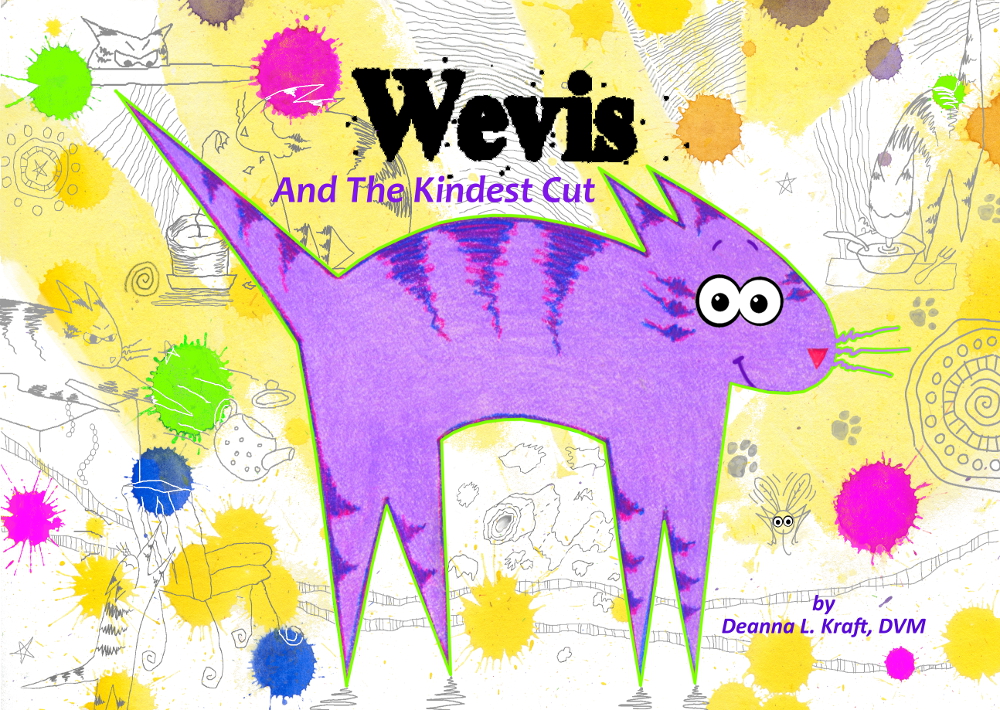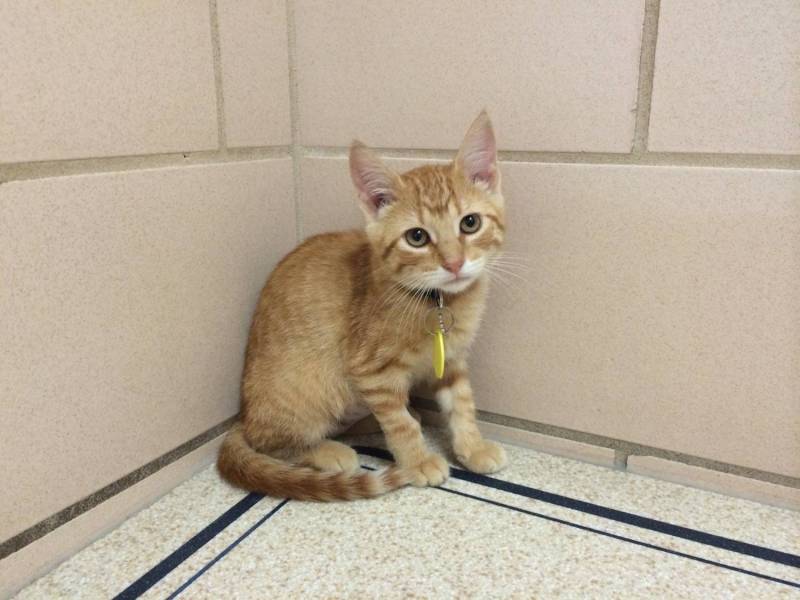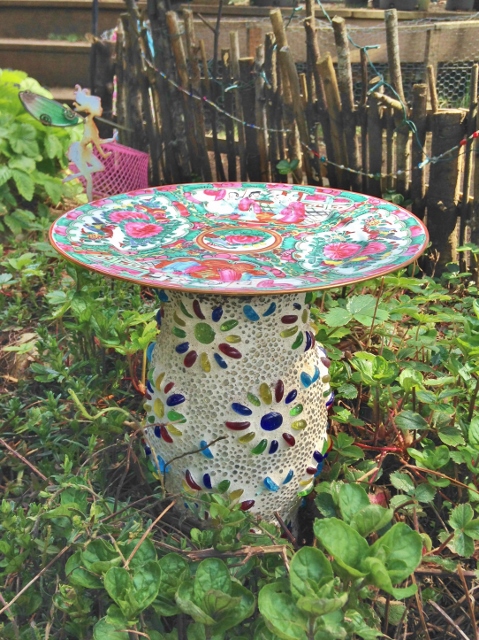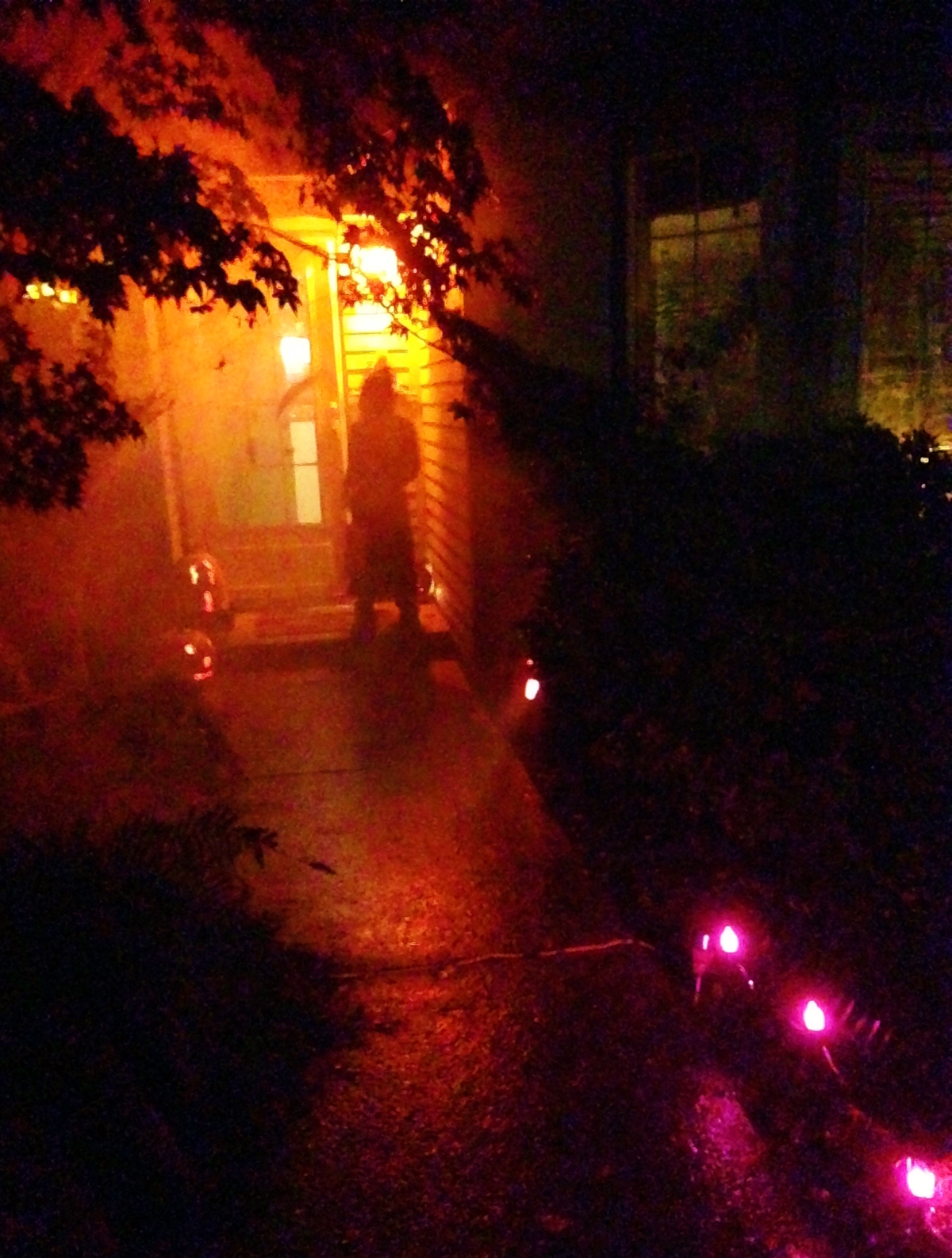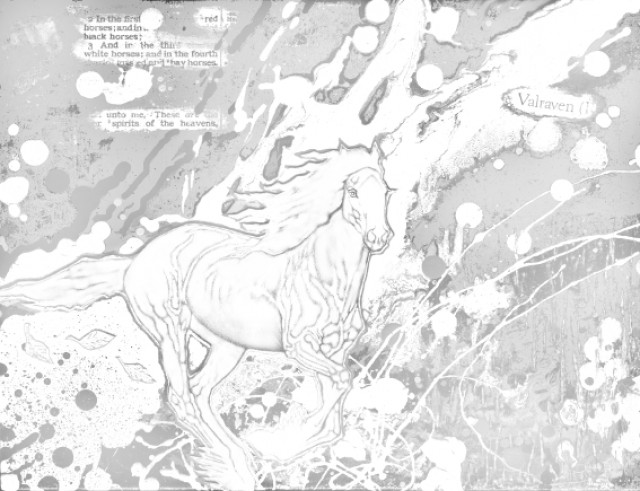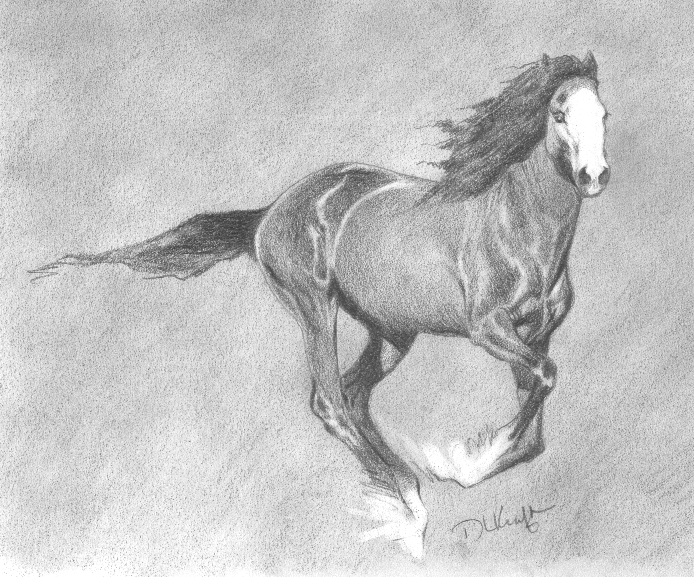I spay and neuter cats and dogs for a living. Occasionally I get to do other surgeries, such as non-elective soft tissue procedures – cystotomies, mass removals, entropion repairs and such, but only when we don’t have so many spays and neuters as to fill up the schedule. Most of the time the schedule is indeed filled with spays and neuters. Sometimes I get to work in the treatment department at the other end of the hall, frantically trying to examine, diagnose, and treat the dozens of ailing pets received by the shelter on any given day. Mostly however, I stay in the same operating room, moving from one table to the other, back and forth, back and forth, from spay to neuter, neuter to spay, spay to neuter . . . for eight hours each work day. It can certainly be monotonous, but it’s not for this reason that I would like to find another line of work.
If there were no more spays and neuters for me to do, it would mean that the large metropolitan animal shelter I work in would no longer be receiving hundreds of unwanted cats, kittens, dogs (and rabbits!) every week of the year. That would only happen if all residents of the county began to practice responsible pet ownership. If they neutered all pets before allowing them to reach reproductive age. If all breeding happened intentionally by experienced, licensed, responsible breeders who bred only healthy pets and only enough to meet demand.
If this were to happen, the shelter would still receive pets, but they would be only lost pets (destined to be returned to their owners via microchips of course), pets whose owners have passed away, or pets whose owners can no longer keep them because of unforeseeable circumstances. Then, spays and neuters would only be performed in private practices, and I would be doing a lot more cystotomies, dentals, and mass removals. The non-profit dollars now spent on eight hours of spays and neuters every day could perhaps be spent providing non-elective surgeries for the pets of low income elderly and disabled owners who truly can’t afford veterinary care for their beloved companions. This is that other line of work I’d like to find.
So to help this plan along, I designed a small book to encourage pet owners to neuter their pets. It’s cute and light, not at all preachy, and shows a little of what a pet experiences when getting neutered. Just a little. It also shows a bit of what happens in an animal shelter. Just a bit. My experience has been that there are still too many pet parents out there who just don’t fully understand how many unwanted pets there still are in communities all over our country. Most county and municipal animal shelters still have to euthanize many, many healthy cats and dogs because there aren’t enough homes. I want to do more than just surgeries to stop this from happening. I want to address this problem at the root. Maybe my book can convince just a few pet owners to neuter their pets in a timely fashion. Just a few. Okay, actually, a lot. A whole lot. I want the entire country to care about our pets and be better owners. And once that has happened . . . let the translations begin.
Wevis and The Kindest Cut can be purchased in paperback or Kindle at Amazonsmile.com or Amazon.com here:
